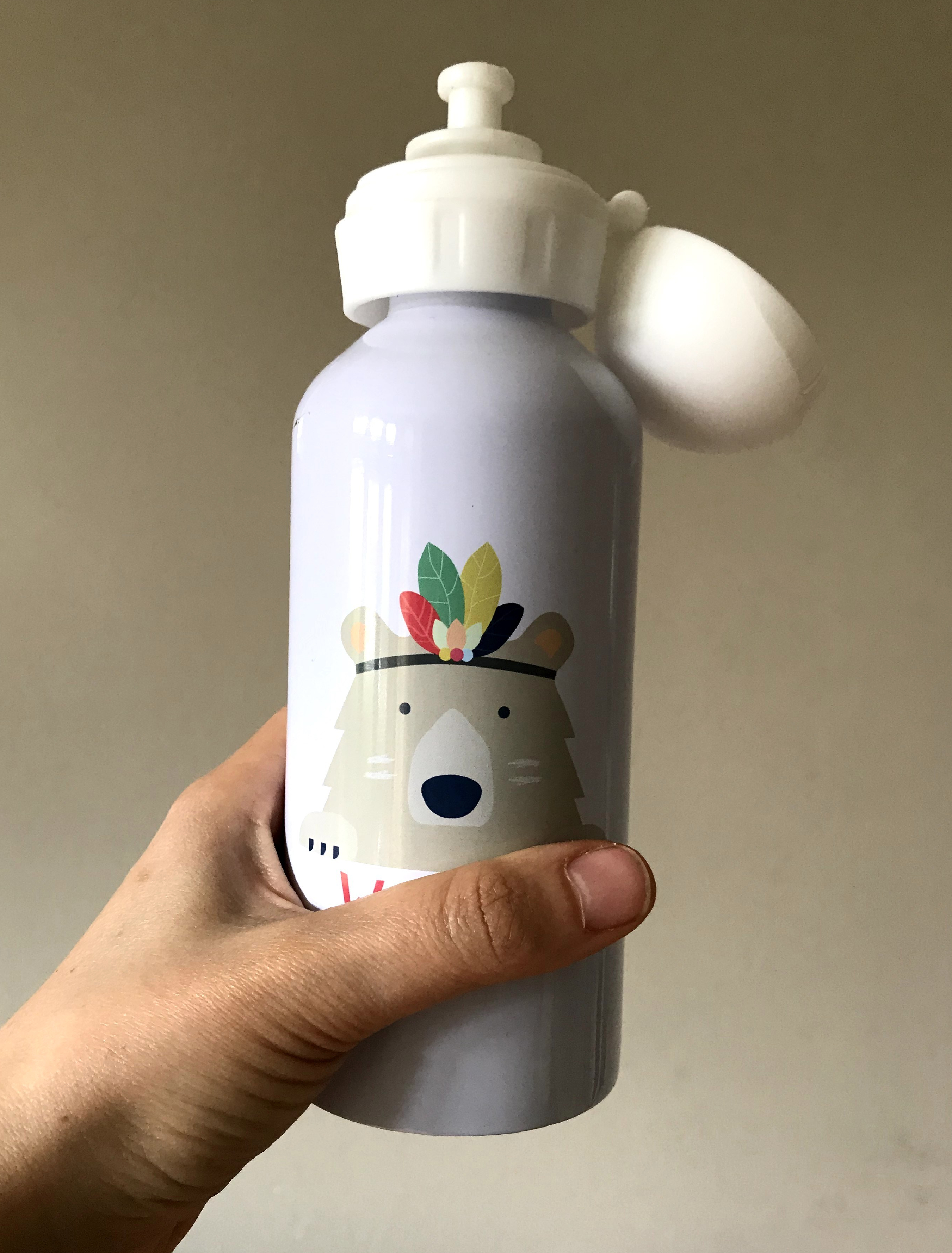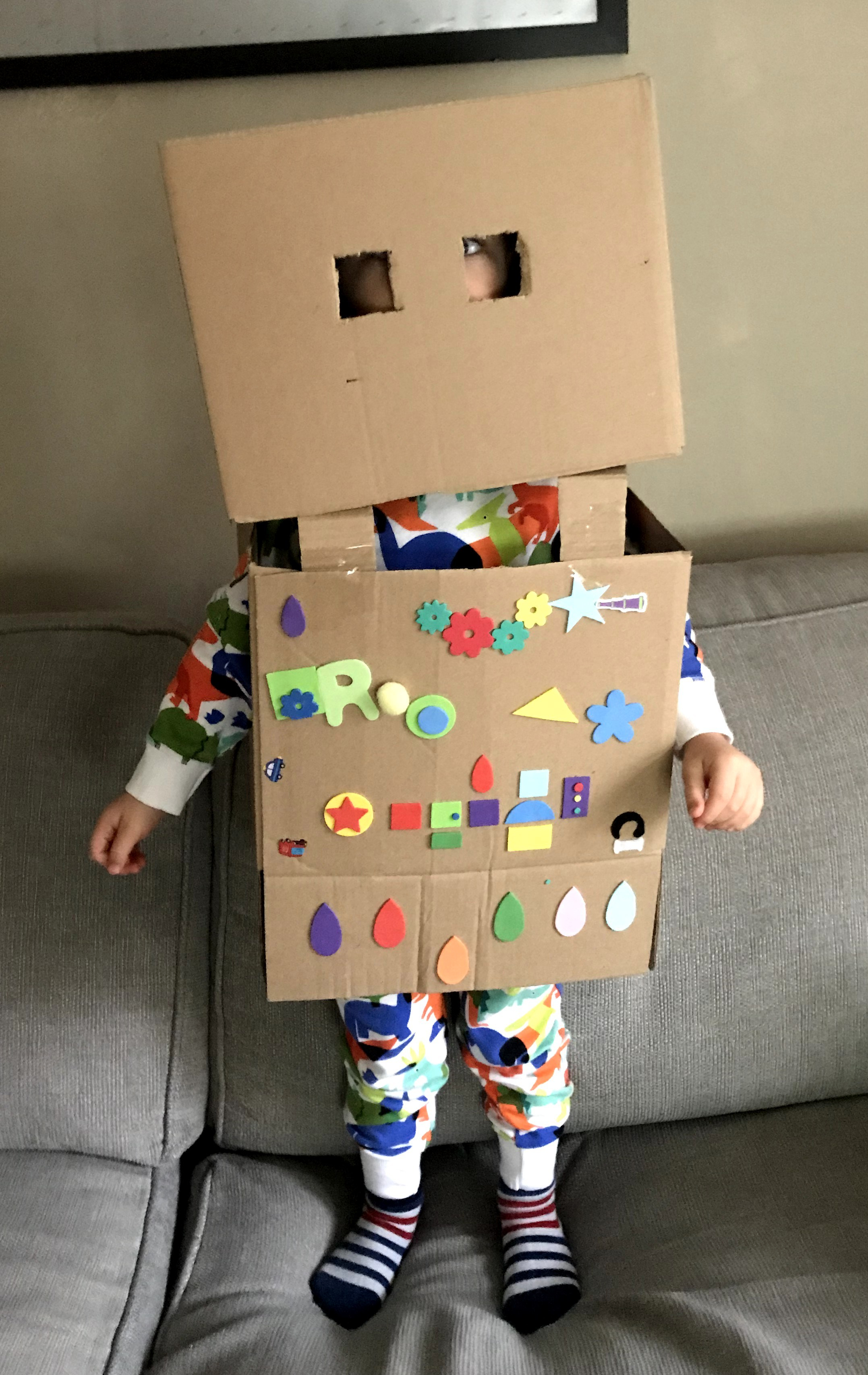Getting young children interested in environmental issues
Young children often feel that what they do has little or no affect, but by helping to reduce the amount of litter discarded they can have a positive influence on their environment.
It's important that we teach our children as soon as possible that keeping our planet clean is the responsibility of everyone. Each of us must be responsible for our own actions and
how these actions affects the environment.
We have to develop a sense of caring and ownership for the world in which we live.
Activity Ideas
Looking at Litter
Find an area in your neighbourhood that is littered so you can show your child what litter looks like. It's a great opportunity to talk about litter being not nice to look at, unsafe, unhealthy and dangerous for plants and animals.
Questions to ask:
- What do you see?
- Do you see anything that does not belong here?
- How do you think litter looks?
- How does seeing litter make you feel?
Community Litter Pick
Join Keep Britain Tidy #LitterHeroes and carry out a community litter pick to improve your local environment.
Questions to ask:
- Does litter look nice?
- Can litter harm plants and animals?
Reduce, Reuse and Recycle
By educating our children about the concept of Reduce, Reuse and Recycle, it will hopefully become a way of life for them and help us significantly improve the health of our planet.
Reduce
Using beeswax wraps instead of cling film is a great way to reduce waste. My son loves wrapping his packed lunch in beeswax wraps
and it's a great opportunity to explain why cling film is so damaging to our environment.
You can also have a go at making your own beeswax wraps, we've not had a go to be honest.
We no longer buy bottled water but instead have purchased a few reusable bottles, this one belongs to my son, and I am jealous.

Water Bottle.
Questions to ask:
- What do you see?
- Do you see anything that does not belong here?
- What happens to the plastic bottles?
Reuse
Reuse items before throwing them away, your child will learn that making new things from recycled ones takes less energy and fewer resources, for example, we started to make a robot costume from boxes.

Cardboard Robot.
Questions to ask:
- What else can we use this for?
- What can we make out of this?
Recycle
Involve and allow your child to partake in the recycling process by providing accessible recycling bins. You can make your own
bins, print out images that show the items that can be recycled so your child can match the item to the correct bin.
You can also visit your local authority recycling plant and watch what happens.
There are lots of recycling stories
that you can read, or even better, make up your own.
Other blogs in the series
The blogs in this series will have a number of activities that will cover different areas and will hopefully get young children to learn and practice green living habits, gain skills that reflect care and protection of the environment as well as learning the impact they have on the environment.